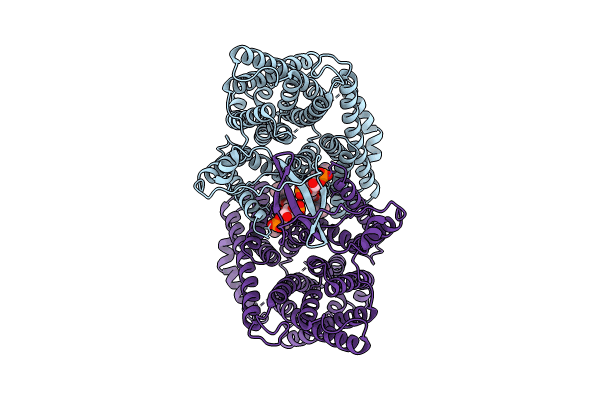
Deposition Date
2023-07-18
Release Date
2024-07-24
Last Version Date
2025-04-09
Method Details:
Experimental Method:
Resolution:
3.06 Å
Aggregation State:
PARTICLE
Reconstruction Method:
SINGLE PARTICLE


